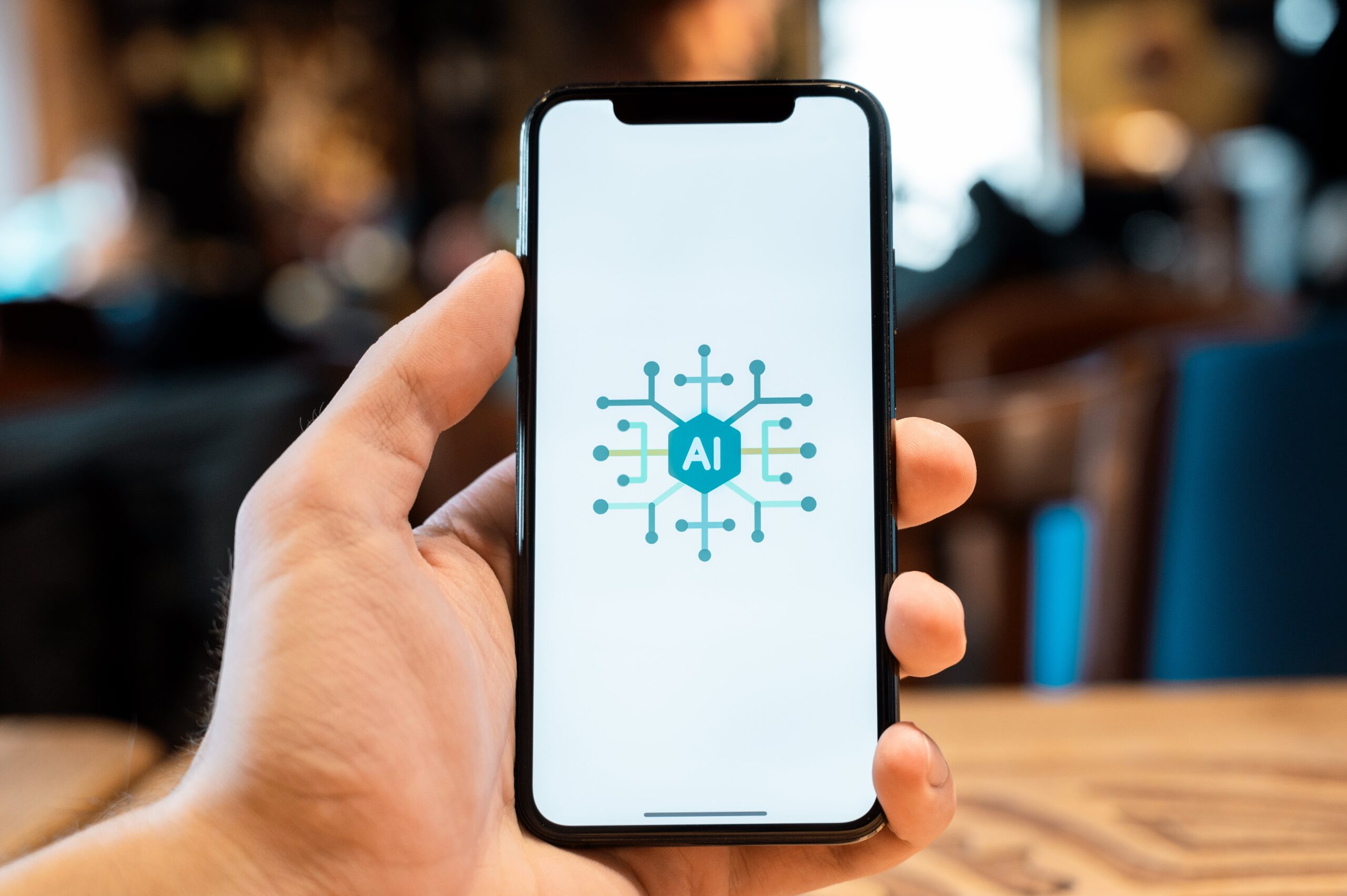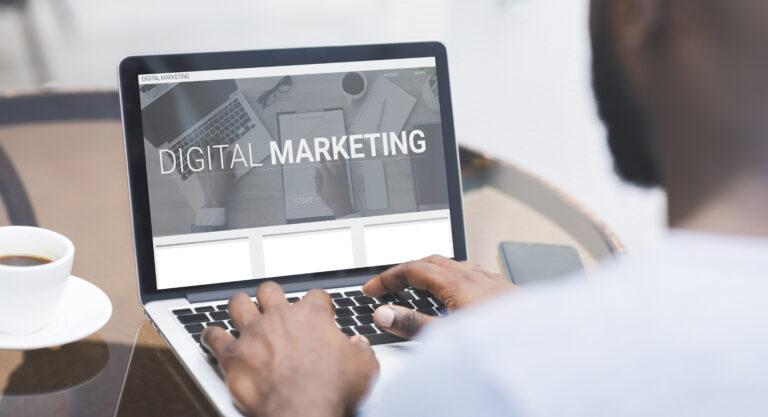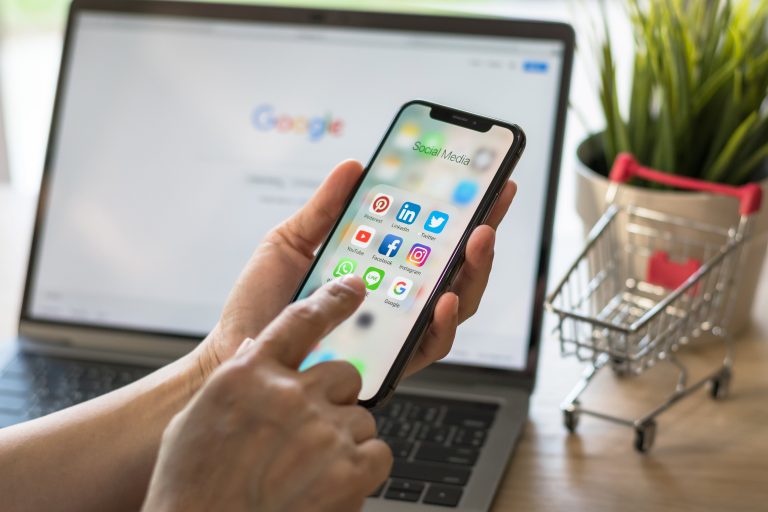One main problem is that ChatGPT runs on pre-existing knowledge it has learned in the past. This means that nothing it produces will be new or imaginative, just a repetition of what it has already learned.
In the context of medical devices and marketing, this means that it may not have the most up-to-date clinical information or be aware of recent advancements or regulations in the field.
You may also find that, because all the information ChatGPT has learned comes from the internet, it may not always be accurate, and it can be biased. It’s unable to tell if information is true, rather just if it’s popular. So, you need to take information with precaution.
Furthermore, as of yet there are no regulations for using AI tools in marketing, so at this stage, we can’t be sure of its repercussions in terms of data privacy. For this reason, it’s best to avoid entering any confidential information or personal data into it.
ChatGPT also doesn’t have a wide medical vocabulary and sometimes interprets medical terminology or highly specific or sensitive medical inquiries. Inaccurate or incomplete information provided by ChatGPT could potentially mislead or confuse customers, which is particularly risky in the context of medical devices where precision and accuracy are crucial.
Overall ChatGPT can make your campaigns more efficient and create a lot of content all at once, but you can’t rely on it completely to get it right every time. Keep checking to make sure it gets your tone and facts right and ensure anything it produces is aligned with your brand message.














